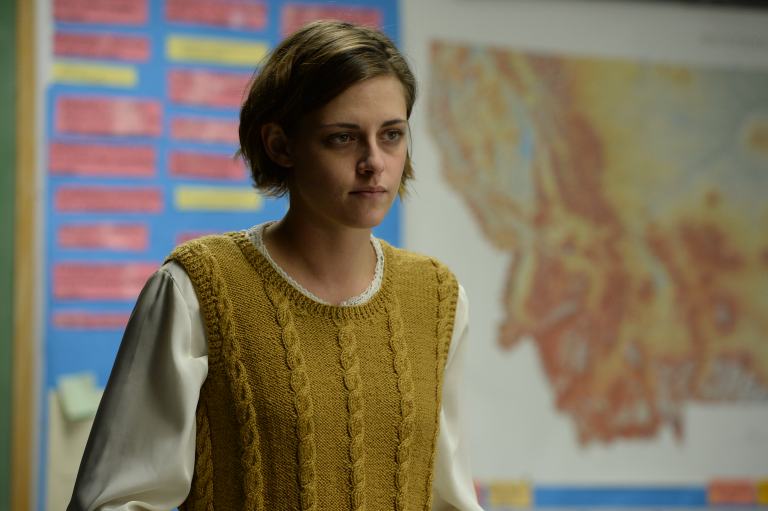It’s that time of year again. The Academy Award nominations will be announced tomorrow morning. Most of the films I liked from last year are not all-over masterpieces; the only one that was, Kelly Reichardt’s “Certain Women,” will most certainly get ignored by the Academy. A lot of other richly deserving films won’t pop up; Whit Stillman’s “Love & Friendship” and Kelly Fremon Craig’s “The Edge of Seventeen” have received little awards love and attention, and there’s little chance the Oscars will change that.
I like this time of year, perversely enough. It means being able to discuss and ponder which movies should be recognized for their achievements, and why. It means being able to talk about movies that have been off our radars for some time now (“Hail, Caesar!” anybody?) And it means championing the little parts of a film that make it work, instead of needing to fawn over every aspect for it to be considered great. (“Dirty Grandpa” and “Moonlight,” uneven and beautiful works in their own ways, are prime examples.)
With that in mind, here are my picks for who and what should get recognized at the 2017 Oscars.
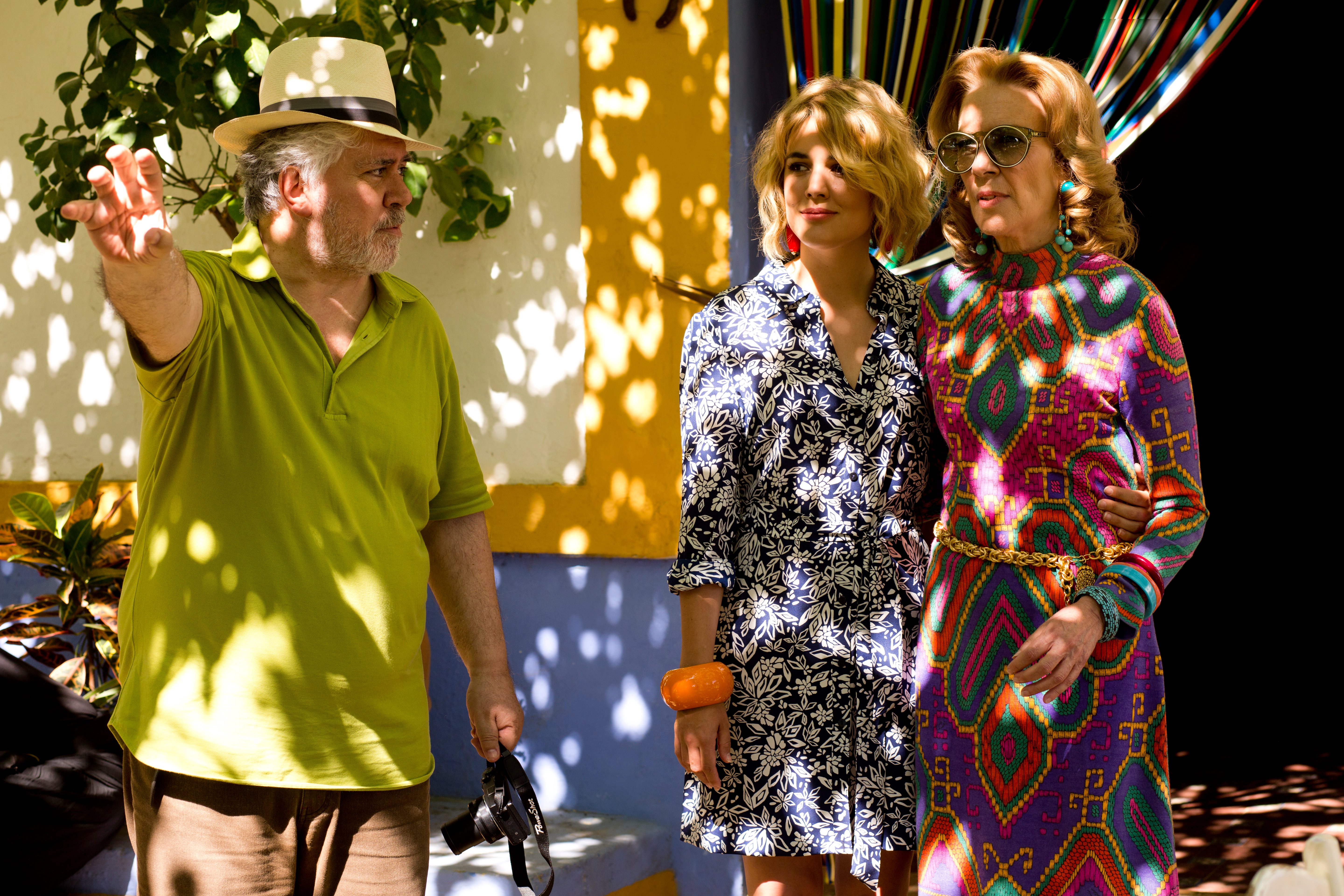
Best Director
- Martin Scorsese, “Silence.” Scorsese’s three-hour epic of faith tested has the visual heft that made “The Last Temptation of Christ” and “Kundun” such emotionally devastating works: so huge, yet so intimate and personal.
- Kelly Reichardt, “Certain Women.” Kelly Reichardt can capture the world where others can only mime it. She respects the weirdness of the most microcosmic details — an untucked Laura Dern shirt, train whistles that sound off like cathedral bells, a quail call deep in a forest, the way Kristen Stewart dabs her mouth without opening the napkin-fork paper band. Reichardt burrows deep beneath a thing’s surface to uncover its disharmony, its radical otherness. For this, Kelly Reichardt is one of our most kino-eyed, undeclamatory artists.
- Clint Eastwood, “Sully.” Like Scorsese, Eastwood is the last of a breed of directors trained in classic Hollywood rigor. In contrast with Scorsese, who labors over his products with Lean-like grace, Eastwood is a fast-moving, journeyman sketcher; no time to futz around in the purity of a shot, and yet the end product comes out fully formed, hardly a shot misplaced, hardly a decision faked. To conflate Eastwood’s politics with Eastwood’s art is to be blind to what he presents us on the screen: some heady, ambiguous meditations on how appearances mask trauma, how folk legends are born through a game of Telephone.
- Terrence Malick, “Knight of Cups.” Veering towards the avant-garde, Malick has found confidence in his deeply fractured world, and, in a film centered around hedonism, swims in it.
- Pedro Almodovar, “Julieta.” As with the Scorsese of “Silence,” here we have the artist (impish, randy Almodovar) entering his late, elegiac period. No flash, a delicate toning-down of his usually aggressive color palettes and melodramatic bombast. Most days, I think a lot about “Julieta,” and it’s in part because of Almodovar’s immaculate handling of the hushed Alice Munro stories.
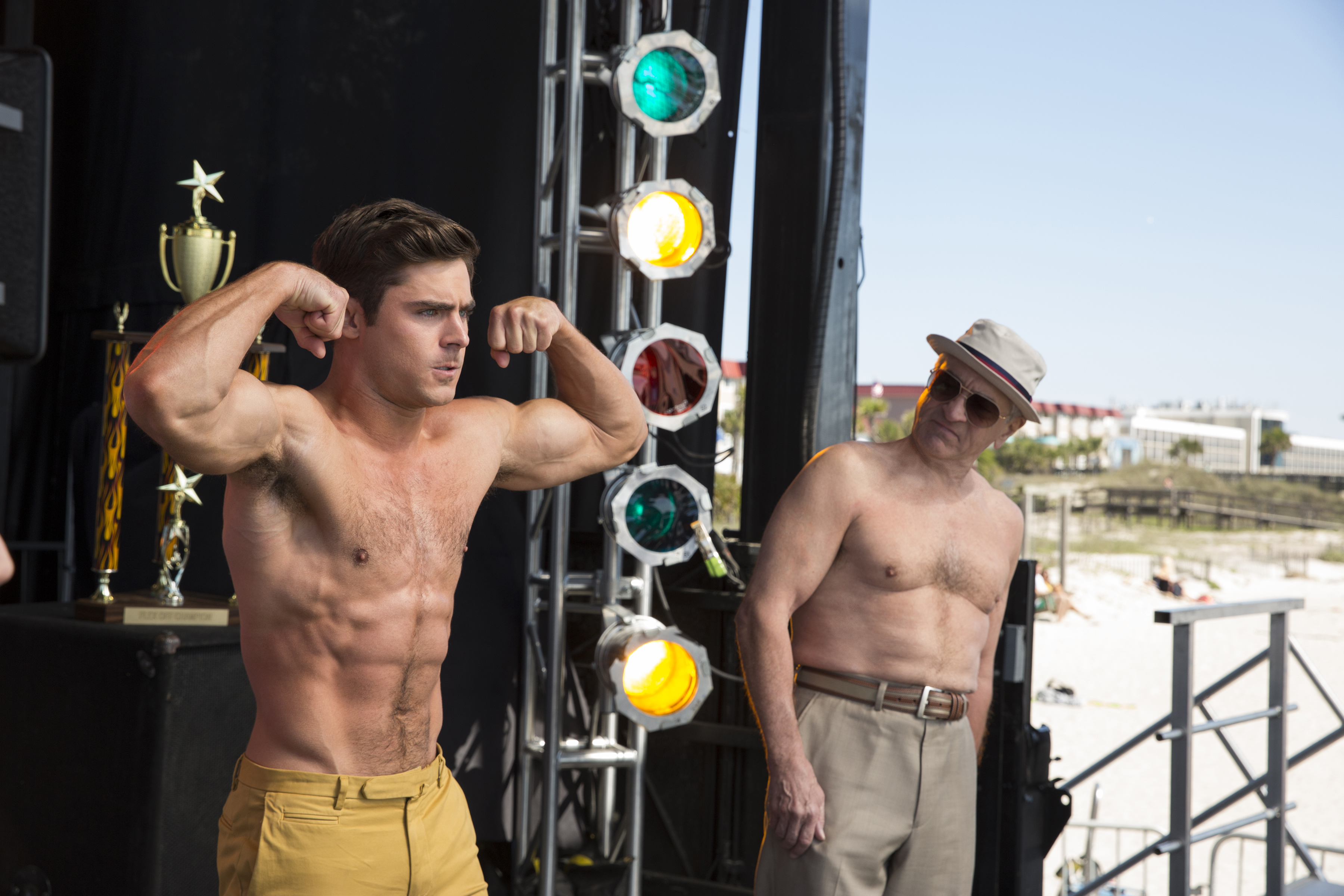
Best Actor
- Tom Hanks, “Sully.” Tom Hanks is so ubiquitous in our popular imagination that it’s easy to overlook when he does a more-than-exceptional job. In the case of “Sully,” we find Hanks in a role that will be listed among his career bests, along with “Philadelphia,” “Saving Private Ryan” and “Charlie Wilson’s War.” In this improbably true story about the Miracle on the Hudson, Eastwood analyzes Hanks’ magnetism, dissecting and critically examining it under a microscope. There’s a stoic, hypnotic minimalism in the way Hanks-as-Sully tenses his cheek muscles, glares coolly at his inquisitors, explaining that what he did was a) not heroic, and b) not a one-man job. (Sully is an ensemble Altman/Sturges/Lester player, not a Brando camera hog.) As Eastwood’s camera takes us through an incident that would send many capable pilots into swirling panic attacks, Hanks is disturbingly zen, locked-in, sealed off from the chaos of his vicinity.
- Trevante Rhodes, “Moonlight.” Rhodes plays a character in the third act who is not the same person we have been presented in the first two acts. He navigates this contrivance with magnificence, gusto, gravity. Despite director Barry Jenkins manhandling our attention towards very boringly relevant actor’s movement (so that organic flow and spontaneity, the freedom to get lost in the frame, are sapped), Rhodes still has a magnetism to him that sometimes overcomes “Moonlight” starchiness.
- Robert De Niro, “Dirty Grandpa.” The crass yet smart “Dirty Grandpa” owes most of its hilarity to Robert De Niro, who takes a sadistic delight in torpedoing his prestigious image to keep his audience on their toes. De Niro may seem like he’s only in it for the money, but something more complex is afoot. De Niro’s pervy patriarch is stuck between two modes of living: the dying-out of a crass-rude-ignorant type of Boomer who refuses to accept progress or change in his world, and the flourishing of a rebellious, infectious spirit in a person over 60. De Niro is paying homage to the original Dirty Grandpa, Wilfrid Brambell — who played Paul McCartney’s grandfather in Richard Lester’s “A Hard Day’s Night,” and who music critic Lester Bangs once famously declared as “the real rebel of the movie.” Like Brambell, De Niro is the hot-head soul of his movie. “Screw ageism!” De Niro seems to bellow at every chance he gets.
- Andrew Garfield, “Silence.” I usually don’t like to fawn over performances where the actor’s behind-the-scenes body pain becomes the sole object of praise, the only thing that matters. (It’s why I don’t care much for Daniel Day-Lewis in “There Will Be Blood,” or why I’ll always be more attuned to the De Niro of “New York, New York” and “King of Comedy” than the one of “Raging Bull.”) But Andrew Garfield playing the Portuguese priest Rodrigues is on a different wavelength. He’s a possible exception, but I haven’t quite worked it out why. Maybe it’s because we don’t see him tortured, but rather see him react to tortures — a far more interesting character detail, from a psychological standpoint. But you can tell how emotionally committed Garfield is to playing the role of a naïve Western priest, unaware of the colonialist consequences of his actions. The struggle to maintain his faith within himself is the struggle of all of us to maintain a semblance of coherence to our projected ideals, in a world that constantly tries to crush them.
- Anthony Weiner, “Weiner.” Weiner acts himself, accidentally becoming the most frightening male lead of the year. It’s one thing to love Steve Carell play awkward, goofy Michael Scott in a sitcom; it’s quite another thing to have a Michael Scott running for Mayor.

Best Actress
- Isabelle Huppert, “Elle.” Huppert’s performance defies words; just do yourself a favor and watch her in “Elle.” As Michéle, a video-game executive who is raped and continues on with her working life secretly plotting her revenge against the rapist, Huppert tears down the Hollywood cloyingness that pervades most female roles — the Manic Pixie Dream Girl, the Woody Allen heroine who falls silly in love and is let go by the hipster intellectual guy, the Sexed-Up Nympho, ad infinitum. Huppert’s tricky, explosive performance could easily degrade into facile pathology at any moment. It never does; she is too busy exposing a most insidious aspect of our modern society: the patriarchal revulsion and deep-seated fear/angst/hatred of the female sex. With a quick quiver of her slightly full lip, she can undermine any person (man or woman) with a superiority complex. Think you have sexual prowess? Huppert insults your dick. Fancy your intellectual dominance? Huppert swipes the feet from under you and claims top.
- Hailee Steinfeld, “The Edge of Seventeen.” “Fresh” is the word that best describes what Steinfeld is doing in “Edge of Seventeen.” We saw “pugnacious” and “brash” in her performance as killer-child Mattie Ross in “True Grit” (2010), but in that film, Steinfeld, as powerful as she was, was nailed into place by the Coen Brothers, never really establishing her own radical screen identity until this year. Steinfeld’s actions perfectly nail the cadences of my friends and me without ever feeling condescending or cartoonish. That pile-up of words in her frantic, breathless monologues. Those hyper-specific, idiosyncratic gestures — eating grapes by holding the fruit-bowl itself, stumbling like Chaplin down a set of stairs while hip-hugging the wall. The awkward, knowing interactions with potential baes.
- Kate Beckinsale, “Love & Friendship.” Whit Stillman’s “Love & Friendship” adds yet another exciting, delirious personage (Beckinsale’s scheming Susan) to the sparkling Stillman oeuvre of cloistered club wits, Barcelona haters and dance-crazy college preppies. Beckinsale plays Lady Susan, a widow who suddenly decides to move in to her late husband’s estate in his hometown Churchill. This devilishly quick-on-her-feet elite treats her late husband’s family and friends less like lords and ladies and more like serfs and slaves. Beckinsale’s complete bodily dominance of any scene she’s in makes it her movie as much as Stillman’s.
- Agyness Deyn, “Sunset Song.” Like a less portentous “Gone with the Wind,” Terence Davies’ bold Scottish epic of the land “Sunset Song” is centered around a young girl named Chris (played with gusto by Agyness Deyn), raised on the farm, in love with life and the land. The spitfire antics of Scarlet are anathema to Deyn and Davies. Instead, Deyn channels her energies into a role contained purely in the stoic stateliness of her face and her assurance, coolness, comfort with the land.
- Emma Stone, “La La Land.” I’m such a cryer in movies — why, I just cried last night at an Ernst Lubitsch silent film from 1927 — but I didn’t really cry in “La La Land.” Except for two scenes. Both of them, beautifully enough, were Emma Stone’s audition scenes. The “fakeness” of acting — its conjured-up nature — is even more apparent to the viewer in those scenes, since they aren’t even making attempts to show that we’re being transported to a fake story-world. It’s just the camera planted on Emma Stone. In the first scene, she acts out the part of a girl who finds out the love of her life is with someone else; she has to act like she doesn’t care and say those devastating words, “No, I’m happy for you.” In the second scene, she sings (with wispy, warbly grit) “Audition (The Fools Who Dream)”, in which her dreams of becoming a big actress seem so close yet so vastly far. In both scenes, Stone nails a mood (putting on a straight face while screaming inside; a frantic desire for something much bigger than yourself) with such quickness, beauty and tact. And we know it’s a fake scene; and we still respond without feeling cheaply manipulated. (If you want to feel cheaply manipulated, watch Michelle Williams ask Casey Affleck out on a lunch date in “Mangled Drama by the Sea.” I cried, of course, but the tears didn’t feel earned.)
To this list we could also add Beyoncé in “Lemonade” and the astonishing dual-lead performances of Emma Suaréz and Adriana Ugarte in “Julieta.”
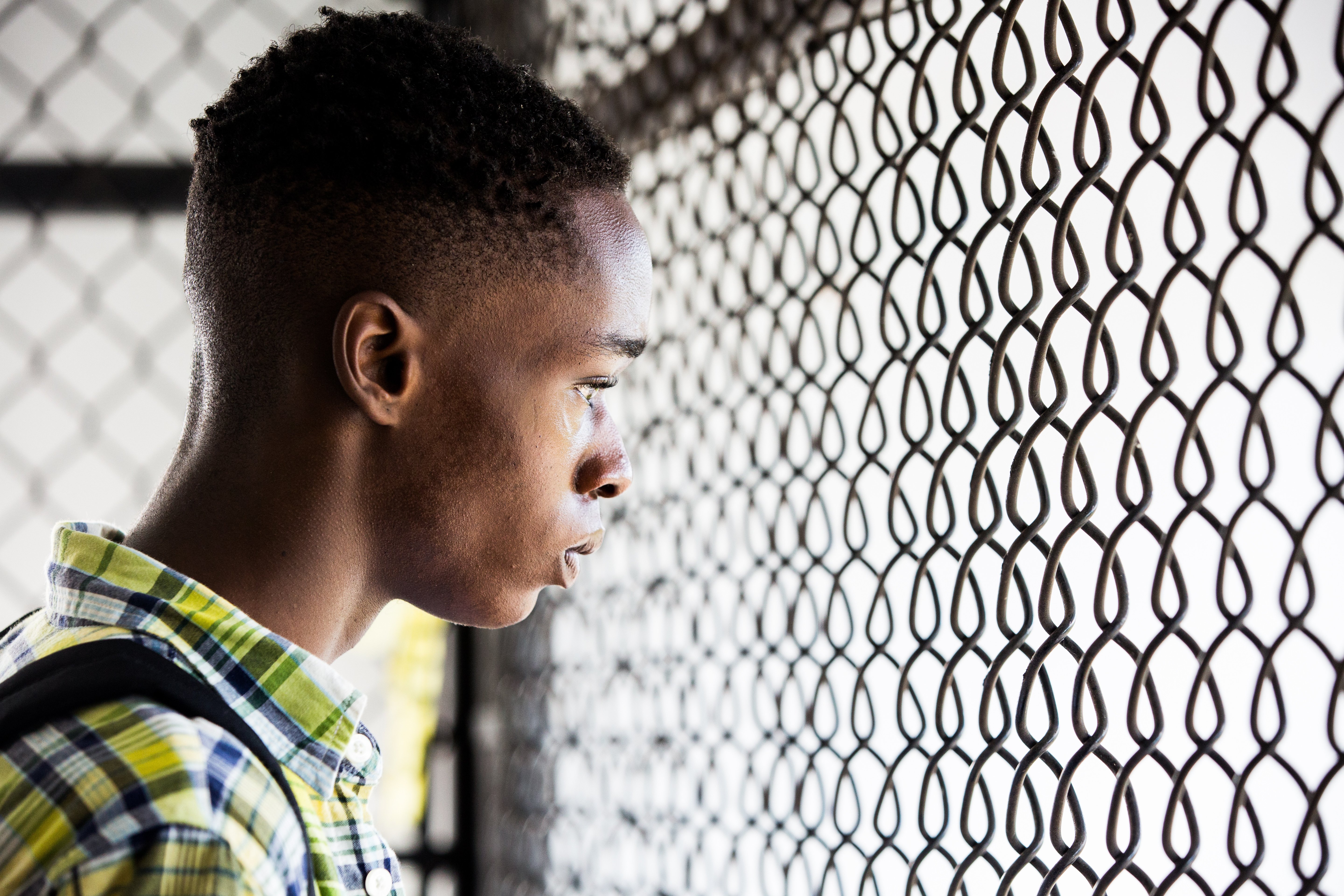
Best Supporting Actor
- Ashton Sanders, “Moonlight.” All this awards buzz around “Moonlight,” and most of it shockingly hasn’t focused at all on Sanders’ intimate awakening on a Miami beachfront — one of the film’s purest instances of organic, actorly hesitancy, and the place where the film’s emotional center rests. (Along with Rhodes’ gentle rocking in the arms of Andre Holland in the penultimate shot.) Gorgeous and devastating. As with Monáe and Rhodes, the actors manage to shine through the contrived, schematic plotting. “Moonlight” is an elephantine movie that doubles as a termite-actor’s piece; it gains its richness, not through its insight into inner-city culture (which seems too typed, too easy), but through its underplayers and their big-quiet gestures.
- Yosuke Kubozuka, “Silence.” Playing Kichijiro, the tortured closet-Christian who paradoxically keeps his faith alive by betraying the priests and surviving (denying himself, and them, the path to easy martyrdom), Kubozuka is what lends the stakes to Martin Scorsese’s religious epic.
- Gil Birmingham, “Hell or High Water.” Birmingham’s perpetually put-on Native cop is just as aged and knowing, if not more so, than Jeff Bridges’ sorta-kinda-not-really racist Texas Ranger. Birmingham and Bridges sculpt themselves into their Okie landscapes as if they’ve been there since the “Bonnie and Clyde” days. But it’s Birmingham and his profound monologuing that steals the show, even more so than the one-line waitress (“What don’t you want?”) and definitely more than either of the two generic heavies (Chris Pine, Ben Forster).
- Rene Auberjonois, “Certain Women.” Auberjonois knows a thing or two about how to work from the inside of an ensemble. He was one of the familiar faces in Robert Altman’s stock company of actors — one of the greatest actors’ directors the cinema has ever known. So when Kelly Reichardt gives him the 10-minute-or-less role of Albert, a dementia-riddled old man who doesn’t realize he’s haggling with Michelle Williams over his native sandstone, he runs with it. Auberjonois breathtakingly pencils out a character that is disturbingly alone, and, in just a short amount of time, becomes one with the community of women at Reichardt’s film’s center, all united by loneliness and the inability to communicate on a meaningful level.
- Kyle Chandler, “Manchester by the Sea.” In a screechy piece of White Elephant Art like “Mandrama by the Sea,” only Casey Affleck and especially Kyle Chandler seem equipped to give this “picture by Kenneth Lonergan” its organic weight. Chandler plays Affleck’s deceased brother in a performance of ghostly, papa-bear gentleness. He haunts “Mandrama’s” family in unannounced flashbacks that are at odds with the declarative Brando/Dean-ish posturing of the rest of the movie, whose loud actors and “real” script showboat on how it’s an important work about Trauma, Devastation, Working-Class Struggles, Tragedy, Forgiveness. Give me “Dirty Grandpa” any day of the week over this; at least that won’t try to convince me of its preachy artifice.
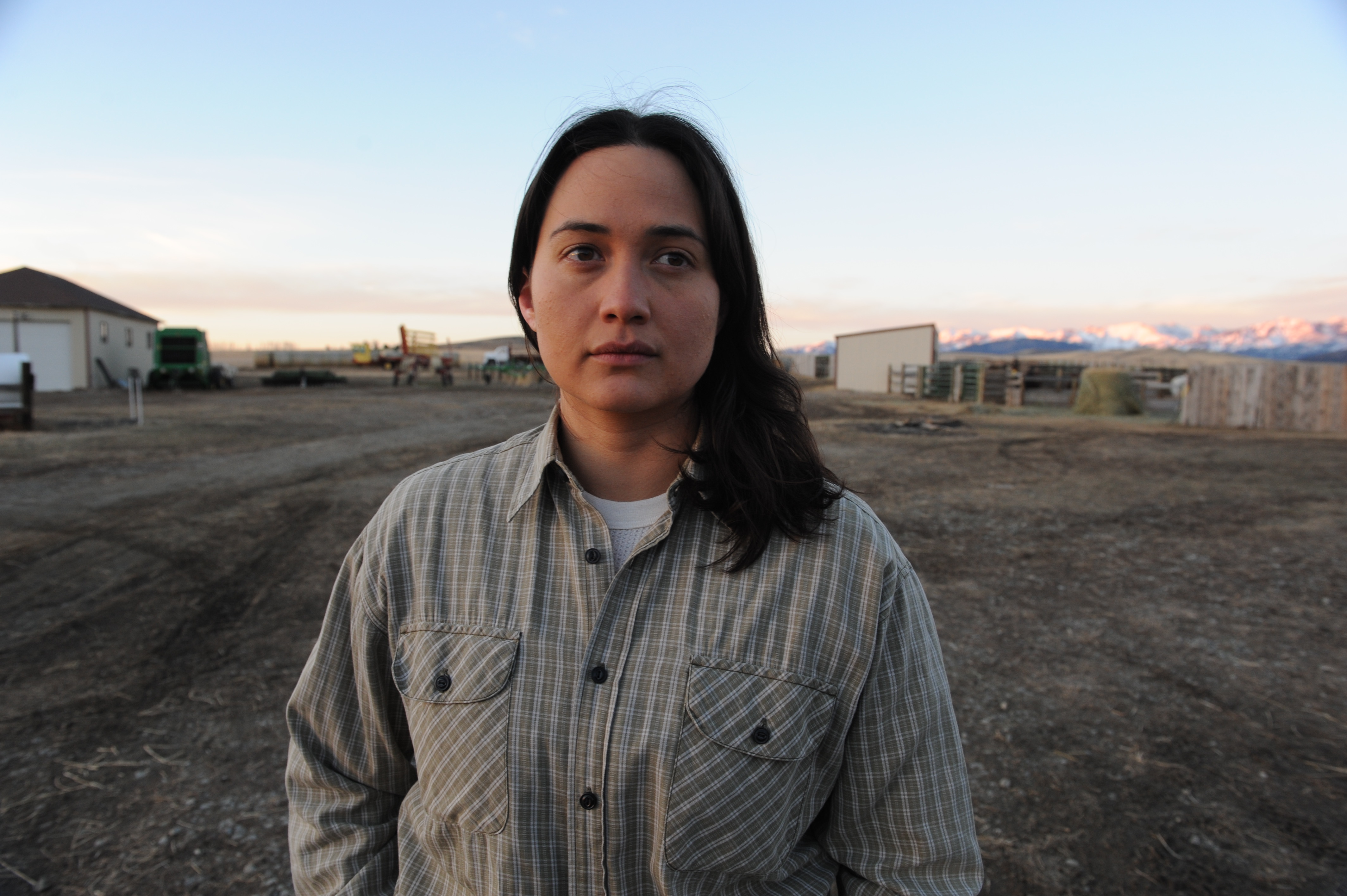
Best Supporting Actress
- Lily Gladstone, “Certain Women.” Kelly Reichardt’s bold masterpiece “Certain Women” (my favorite 2016 release) is a total ensemble piece; no one person should get credit for the entirety of the work. Yet why are we all so drawn to Lily Gladstone? I think it’s because she has a moment that perfectly fits into Reichardt’s theory on catharsis: It’s rarely bloody, hardly eventful; instead, it’s awash in quiet desperation, micro-madness. That Gladstone moment occurs near the end of the movie, when her lonely Montana rancher drives away from the law office of Kristen Stewart, where Stewart has just spurned Gladstone’s attempt at a human (romantic) connection. In a minute-long long-take that feels stretched to five aching minutes, Gladstone sports a blank face which reveals everything about the anxieties of a spurned human. Flashes of shame, embarrassment, betrayal, vulnerability, awkwardness and loneliness flash across Gladstone’s statuesque face. We read a wide spectrum of emotions in that face, which still haunts me months after I’ve seen “Certain Women.” And yet, it is totally to Gladstone’s ability as an actor that she manages to channel all of her characters’ emotions into one glacial, All-Encompassing Expression.
- Kristen Stewart, “Certain Women.” Again, the stillness that defines most of “Certain Women” can be summed up in Stewart’s hollow eyes — sleep-deprived, whacked-out, unable to see a human connection when it’s staring her in the face. So tragic. So life-affirming.
- Laura Dern, “Certain Women.” Yes, I realize three of my five Supporting Actress nominations are for “Certain Women” players. If I had room, I’d also throw in Michelle Williams’ name, who will be nominated for the wrong 2016 movie, “Mannerism by the Sea.” Sticking to Dern — there are too many breathtaking moments of Dernian perception in “Certain Women” to count. For starters, there’s this wonderful shot at the beginning that tells everything we need to know about Laura Dern’s stuck-in-a-rut lawyer, plagued by listlessness and sexism. Reichardt half-reappropriates the famous leg shot from “The Graduate” in one shot of Dern and her morning-after lover wordlessly changing into their work clothes. In the reimagining of that famously cartoonish-erotic moment (here, the sexiness of movie sex is sapped totally), the disrupting Mrs. Robinson leg is a block of Montana wall wood. It divides the two lovers: Dern unromantically pulling up her black stockings on screen left and the man on screen right, whose white shirt is too small and whose slacks barely fit over his naked ass. Already we’re transported into a devastating moment, one which shows alienation-separation-distance in one dynamic, fluid image. The image never bores, since Reichardt never confuses “depicting emotional detachment” with “making an emotionally detached film.”
- Linda Emond, “Indignation.” Linda Emond is soul-crushing in her brief turn in “Indignation”, as the mother of a punky Jewish atheist (Logan Lerman, “Perks of Being a Wallpaper”). He’s going to a predominantly Christian college (a subtly anti-Semitic one), dating the elegant and suicidal Olivia. In one unforgettable scene, he’s just had an emergency appendectomy, and the mother visits her son in hospital. But she’s not there to comfort. Instead, she unloads a relentless stream-of-stern-words on him — about her unhappiness with his father, about her doubts on the girl he’s dating. She knows about Olivia’s suicidal tendencies. The mother’s pain is palpable; her concern for the son’s well being is steeped in experience. Yet the words dribbling from her mouth are metallic, cold, frighteningly cruel in their upfront-ness. The flatness of Emond’s voice as she tells the son, “Well, she slit one wrist; that’s one too many. We’ve only the two” is plain shocking, and is the element of Emond’s backgrounded acting that keeps her character type (badgering ma) vivid and unpredictable.
- Janelle Monáe, “Moonlight.” Playing the girlfriend of Mahershala Ali’s crack dealer, Monáe stands in stark contrast to the Naomie Harris performance in “Moonlight,” a cloying grab for non-POC audience pity that relies on tired, ghetto cliché to tug at our heartstrings. It doesn’t work at all. Monáe, by contrast, underplays her acting in the same way Kyle Chandler did in the Lonergan film. Her solemn face at the beginning of Act 2, after an important plot point has made itself painfully clear, nails what’s so impressive about “Moonlight’s” best parts.
Best Original Screenplay
- The Coen Brothers, “Hail, Caesar!” The best structure of any comedy I’ve seen this year. (Please don’t remind me of “Deadpool.”) Aggressively unpredictable. Preston Sturges would be proud.
- Kelly Fremon Craig, “The Edge of Seventeen.” Sparkling generational dialogue that has immediacy and honesty. Craig’s screenplay is attuned to her sense of direction. Unlike Lonergan in “Manchester,” Craig refuses to pull the cheap, manipulative “Gimp-string” to inject some psycho razzmatazz into her scenes. And yet, psychological disrepair is always present in every young Millennial we meet. An amazing achievement for its utter lack of pretension.
- Andrew Ahn, “Spa Night.” I can’t wait to see what Ahn comes up with next.
- Damien Chazelle, “La La Land.” It really should be nominated for Adapted Screenplay, seeing as its best moves are taken from the Demy/Minnelli/Borzage playbook.
- Marc Haimes and Chris Butler, “Kubo and the Two Strings.”
Best Adapted Screenplay
- Whit Stillman, “Love & Friendship,” based upon the 1794 novella “Lady Susan” by Jane Austen.
- David Birke, “Elle,” adapted from the 2012 novel “Oh…” by Philippe Dijon.
- Jay Cocks and Martin Scorsese, “Silence,” adapted from the 1966 novel “Silence” by Shusaku Endo.
- Kelly Reichardt, “Certain Women,” adapted from the short stories “Tome,” “Native Sandstone,” and “Travis, B.” by Maile Meloy.
- Almodovar, “Julieta,” based upon the short stories “Chance,” “Soon,” and “Silence” by Alice Munro.
Best Picture
- “Certain Women”
- “La La Land”
- “Knight of Cups”
- “Silence”
- “Love & Friendship”
- “Hail, Caesar!”
- “The Edge of Seventeen”
- “Julieta”
- “Sully”
- “Moonlight”
Contact Carlos Valladares at cvall96 ‘at’ stanford.edu.
